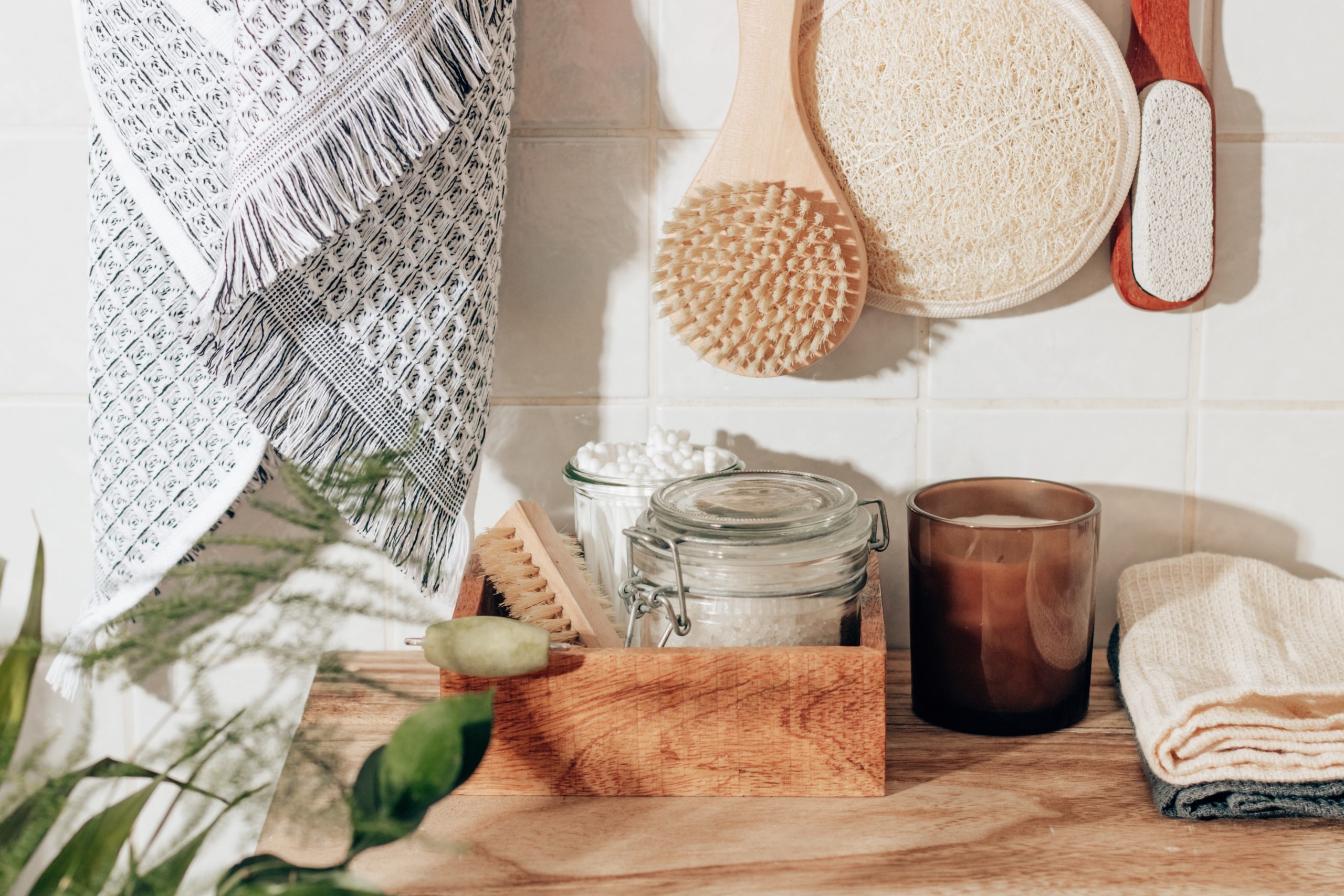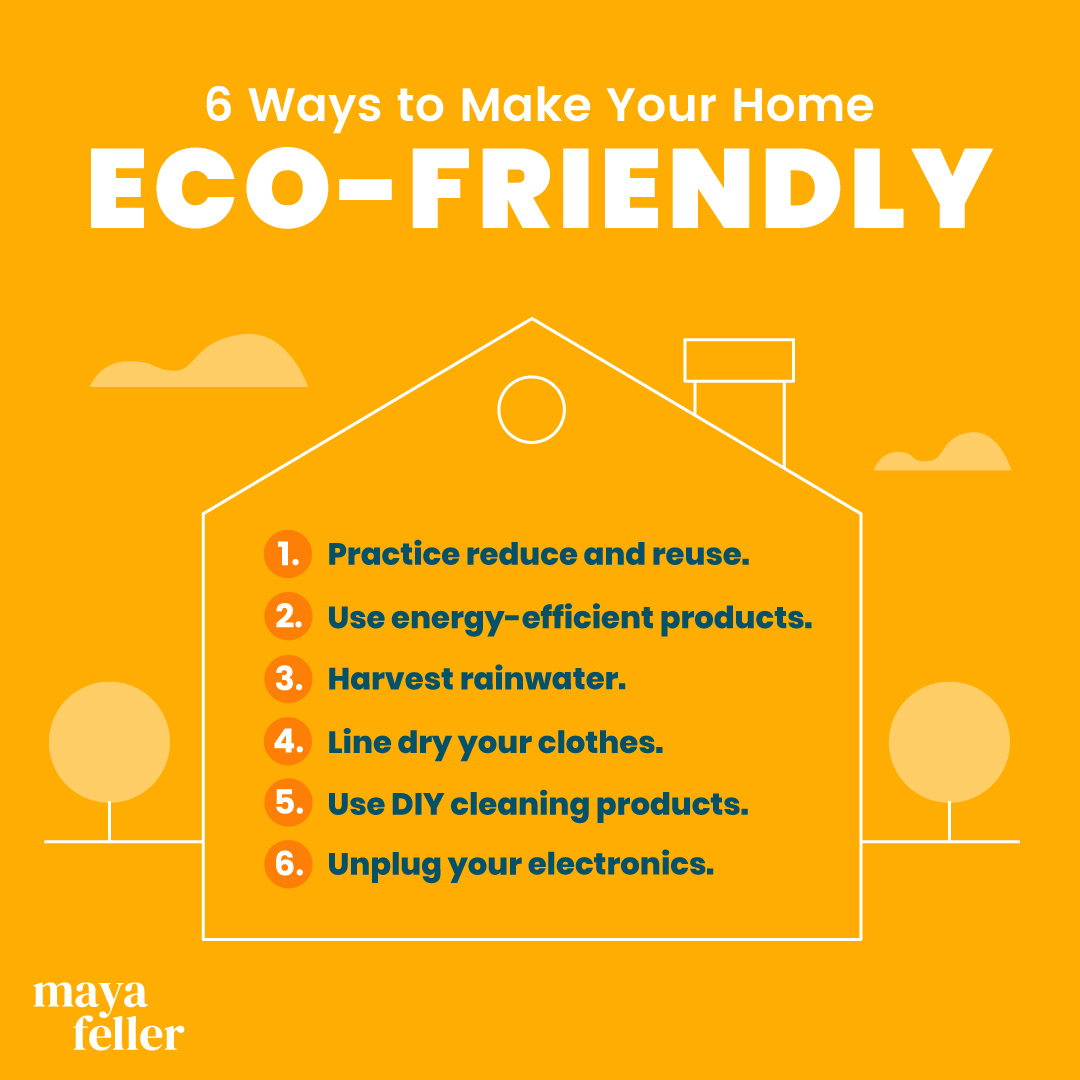How to Make Eco-Friendly Homes [Types, Tips, & Stats]
Today more than ever, more and more people are showing growing interest in creating eco-friendly homes (also known as “green” homes).
Why? Our climate crisis poses a major threat to world peace and security. If you’re interested in joining the effort to live in a planet-friendly way, creating an eco-friendly home is a great way to start.
So, let’s discuss why eco-friendly homes are important and then take a look at six actionable steps you can take to make your home more eco-friendly!
Why Are Eco-Friendly Homes Important?
The scary truth of the matter is that carbon dioxide is rising at unprecedented rates, with scientists sharing that it’s the highest it’s been in 4 million years.
While there are many causes, our collective environmental footprint is ultimately the culprit. (Click here for a great article that dives into more detail on how and why we got here.)
We know that changes made by large scale industries will have the greatest impact, but there are some small things we can do individually that will make a big impact.
One of the most straight-forward ways we can all minimize our own environmental footprint is by creating an eco-friendly home. You don’t need a full overhaul and can start small.
Aside from reducing our environmental footprint, if we all work toward having eco-friendly homes, we’d also benefit from having safer homes with fewer toxic products and lower costs in the form of water and electric bills. Doesn’t that all sound amazing?
While it does require a bit of work, making an eco-friendly home may not be as cumbersome as we may first believe. Let’s take a look at six beginner steps you can take to get started.
6 Tips on How to Make an Eco-Friendly Home
Here are some great action steps as you begin to make your home eco-friendly.
1. Practice reduce and reuse.
If you’re on the fence about the impact of making eco-friendly homes the norm, consider these numbers for a moment:
- 63 million tons of food
- 82 million tons of plastic
- 250 million tons of trash
That’s the amount of waste Americans produce each year. [1] And globally, our total amount of waste is an astonishing 2.12 billion tons! [2]
Now, let’s look at this from a more personal perspective.
It’s estimated that every single American produces 4.4 pounds of trash each day. [3] That’s 1,606 pounds of trash each year and, assuming you live to the age of 80, at that rate, you’re contributing 128,480 pounds of trash over the course of your lifetime. It’s not hard to believe when you consider that 99 percent of the things we buy on a regular basis is in the trash within six months of purchase. [4]
I don’t know about you, but I certainly don’t want to put almost 130,000 pounds of trash into the earth. I want to leave this world better than when I entered it—not be a significant contributor to the problems that future generations will have to face.
The intentional act of reduce and reuse could cut down on a lot of our waste. Here are some examples of how you can reduce the amount of trash you produce and ways to reuse products:
- Switch from bottled water to a reusable water bottle and filtered water.
- Compost your food instead of throwing it in the trash.
- Go digital when possible and forego using paper.
- Choose products with minimal packaging.
- Use cloth napkins and reusable plates versus paper towels and disposable plates.
These are just a few examples, but you get the idea: Reduce your trash by reusing as much as possible!
2. Use energy-efficient products.
Eco-friendly homes usually have one thing in common: They contain energy-efficient products.
In addition to cutting back on water use, which results in saving you money, using energy-efficient products also cuts down on greenhouse emissions, which are known to cause climate change and result in global warming.
The bonus for this tip? These appliances typically require less maintenance!
So, the next time you’re in the market or a new refrigerator, washer, or dryer, only consider those labeled as energy efficient. They may cost a little more upfront, but they’ll save you money in the long run not only with your water bill but also your electric bill.
Other energy-efficient products you can be using include light bulbs, windows, doors, and more! This is slightly different, but I even have solar panels to help cut down on my energy use!
3. Harvest rainwater.
One of the more involved ways to make your home eco-friendly is by harvesting rainwater. Now, you don’t need to do much to use rainwater for natural outdoor purposes, such as harvesting it to later water plants or irrigate your lawn.
But if you’re looking to use it indoors, you’ll need to consider using an appropriate harvesting system.
Some of the benefits of harvesting rainwater include saving money on your water bill, eliminating storm runoff (which reduces the amount of lawn fertilizer and pesticides being washed off your lawn and into public areas), and even reducing buildup on your indoor appliances because rainwater isn’t hard.
There are professional harvesting systems, but depending on how you plan to use it, you may not need anything that involved. A simple bucket or container may just do the trick! We have a barrel that we set up during the warm months and use the rainwater for the garden.
4. Line dry your clothes.
When it comes to making eco-friendly homes, one of the top tips is to take a cue from your grandmother and hang your clothes on a clothesline.
By foregoing the dryer, you’re not only reducing the amount of electricity you use, but you’re also reducing your household’s carbon footprint by an estimated 2,400 pounds each year! [5]
You can also line dry your clothes inside with a drying rack. The personal perk? Your clothes will last longer by not going through the dryer.
5. Use DIY cleaning products.
If you have friends or family with eco-friendly homes, or even those with small children, you’re likely aware of DIY cleaning products featuring essential oils.
Simply mixing water with a few drops of naturally anti-microbial oils such as tea tree, lemon, or orange is enough to leave your surfaces clean and sparkling. Other staples such as vinegar and baking soda are great to have on hand as well!
But that’s not all: You can also make your own soaps, detergents, and more!
The benefit of making your own cleaning products? You’re cutting down on waste by avoiding the plastic packaging that so many cleaners come in. And you get the added benefit of knowing exactly what’s in your products and avoiding toxins in your home. It’s a win-win!
Check out this list to get started with some DIY cleaning product recipes!
6. Unplug your electronics.
Finally, one of the best ways to participate in the eco-friendly homes is to unplug your electronics.
Unplugging unused electronics such as your phone, TV, computer, coffee maker, toaster, and so on can go a long way in reducing your electric consumption, which, in turn, helps to reduce carbon emissions
Well, there you have it! Give these six action steps for making eco-friendly homes a try to help reduce your environmental footprint. And with each change that you make, remember that we can do this—together!



Leave a Reply